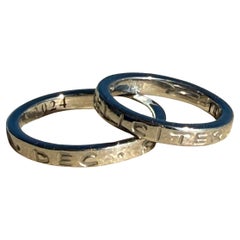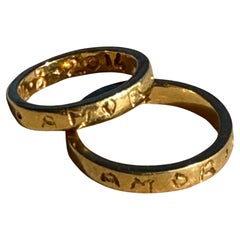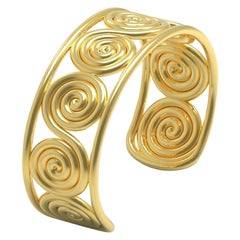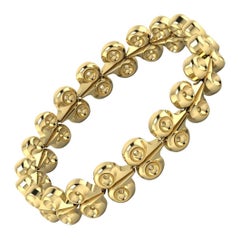À propos de Romae Jewelry
La collection de la boutique ROMAE a été créée par une équipe d'archéologues classiques et d'artistes qui ont passé les 20 dernières années à vivre et à travailler à Rome, en Italie. Les bijoux de ROMAE s'inspirent d'exemples anciens découverts lors de fouilles archéologiques sur les terres qui faisaient autrefois partie de l'empire romain. Chaque pièce est fabriquée avec amour et soin, et avec le désir de rappeler l'élégance et l'attrait éternel de l'original. Avec nos propres designs, nous sommes heureux de rendre les bijoux romains anciens actuels, à la mode et dispon...Lire la suite

Établi en 2020Vendeur 1stDibs depuis 2021
Objets présentés
années 2010, italien, Romain classique, Alliances
Or, Or blanc, Or jaune, Or 18 carats
années 2010, italien, Alliances
Or, Or 14 carats, Or blanc, Or jaune
années 2010, italien, Romain classique, Manchettes
Or, Or 22 carats, Or jaune
années 2010, Européen, Grec classique, Bracelets à maillons
Or, Or 18 carats, Or jaune
Antiquités, 15e siècle et avant, italien, Romain classique, Boucles d'or...
Or 18 carats, Or jaune
Antiquités, 15e siècle et avant, italien, Romain classique, Pendants d'o...
Or 18 carats, Or jaune, Or
XXIe siècle et contemporain, italien, Contemporain, Bagues fantaisie
Or 24 carats, Or jaune
Antiquités, 15e siècle et avant, italien, Romain classique, Bagues fanta...
Or jaune, Or, Or 18 carats
Antiquités, 15e siècle et avant, italien, Romain classique, Chevalières
Or, Or 18 carats, Or jaune
Antiquités, 15e siècle et avant, italien, Romain classique, Chevalières
Or, Or 22 carats, Or jaune
Antiquités, 15e siècle et avant, italien, Grec classique, Colliers pende...
Or, Or 22 carats, Or jaune
Antiquités, 15e siècle et avant, Européen, Grec classique, Bracelets à m...
Or, Or 18 carats, Or jaune
En savoir plus sur Romae Jewelry
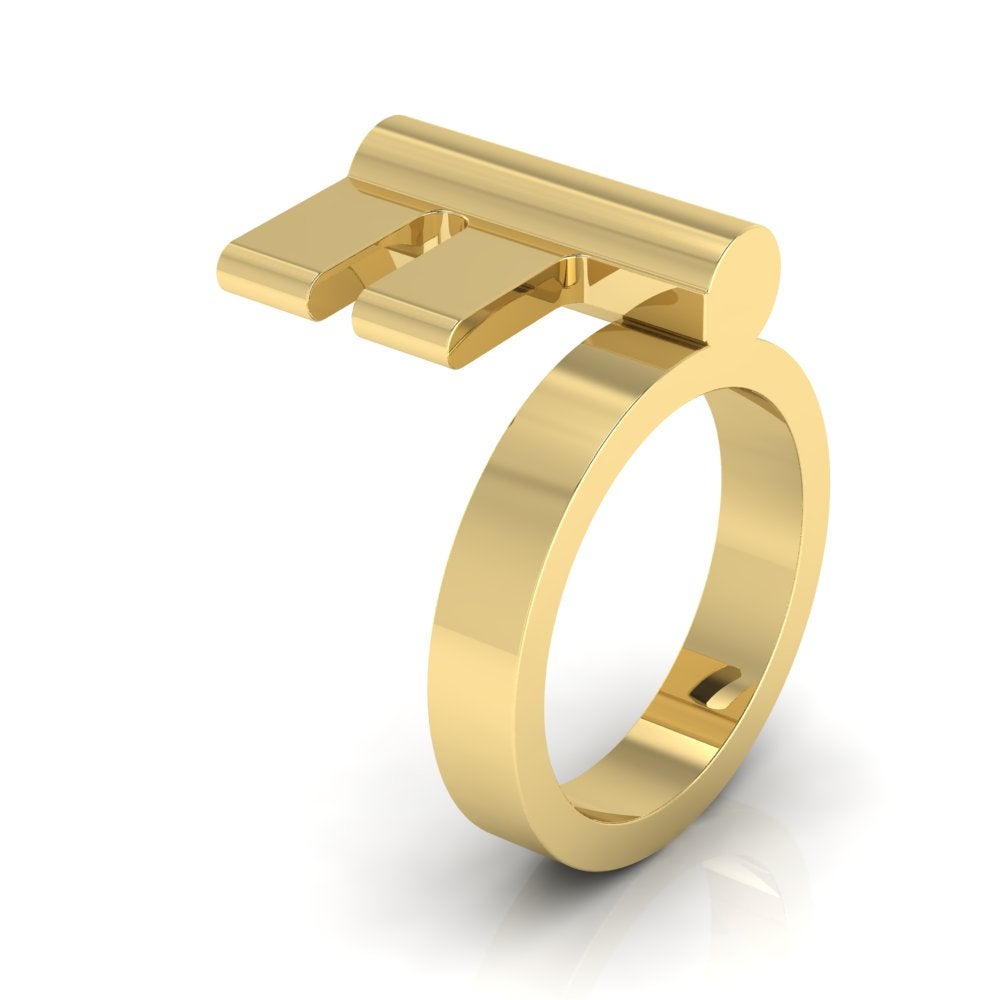
Our striking "Securitas" ring, based on an ancient Roman key ring dating to between the first and third centuries AD.
Our stately "Nimrud" cufflinks, which have a long tradition going back to the ancient Near East! The floral motif is seen on a cuff bracelet adorning male figures in the very famous alabaster relief images from the palace at Nimrud, which date to c. 880 BC.
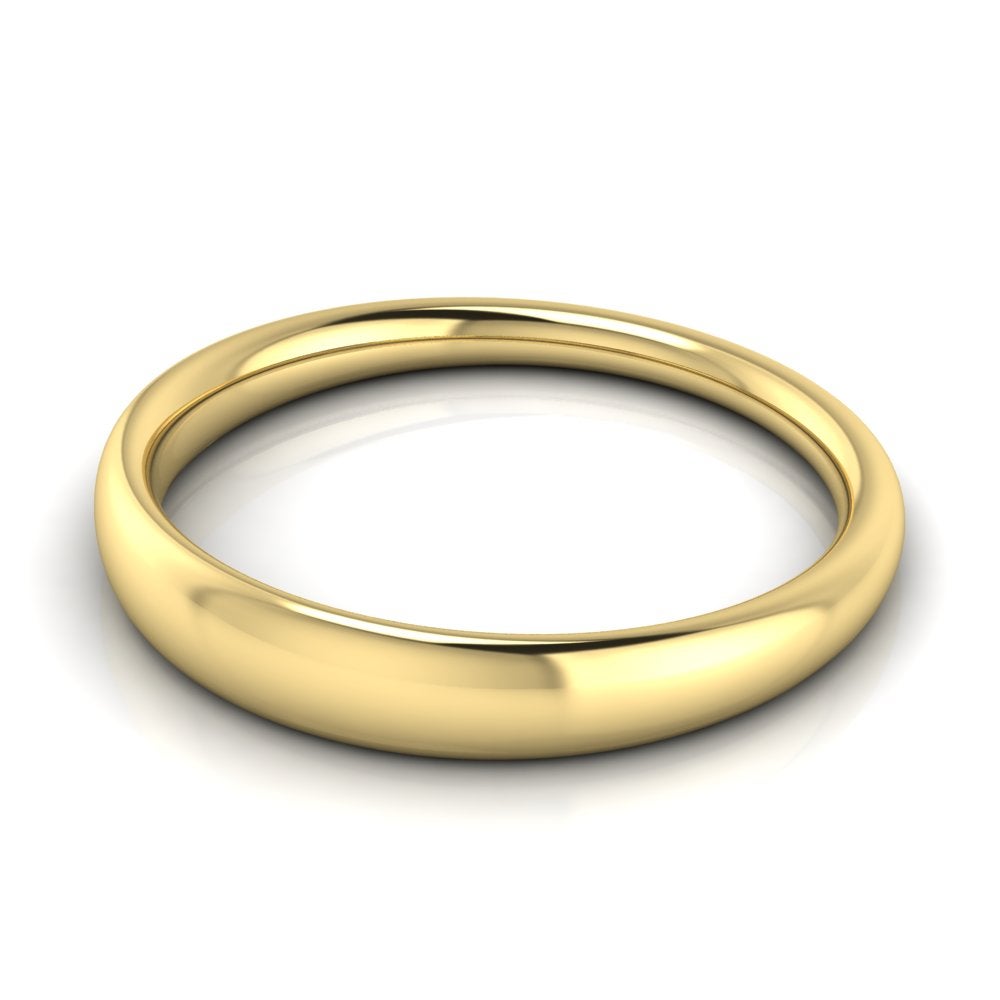
Our "Fortuna" bracelet, solid luxury, inspired by an example found in the excavations of the ancient Roman villa at Oplontis, in the Bay of Naples, and dating to before AD 79.

Love as an unbreakable bond - this is the message of our signature "Amor" ring, based on a gorgeous Hellenistic Greek example dating to the third century BC.
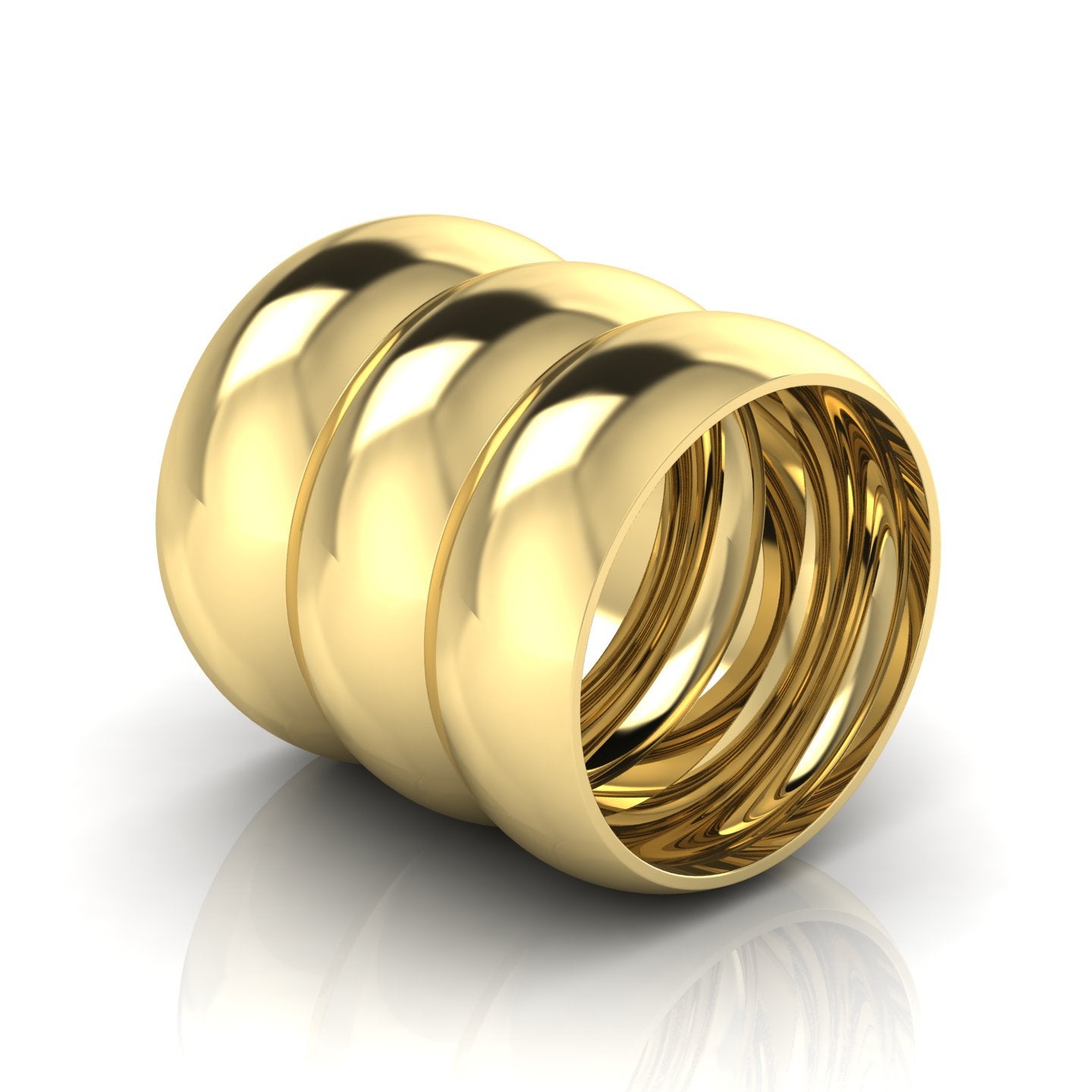
Our lavish "Luxus" ring is a statement of luxury, and is modeled after an original from Cyprus dating to the sixth century BC.
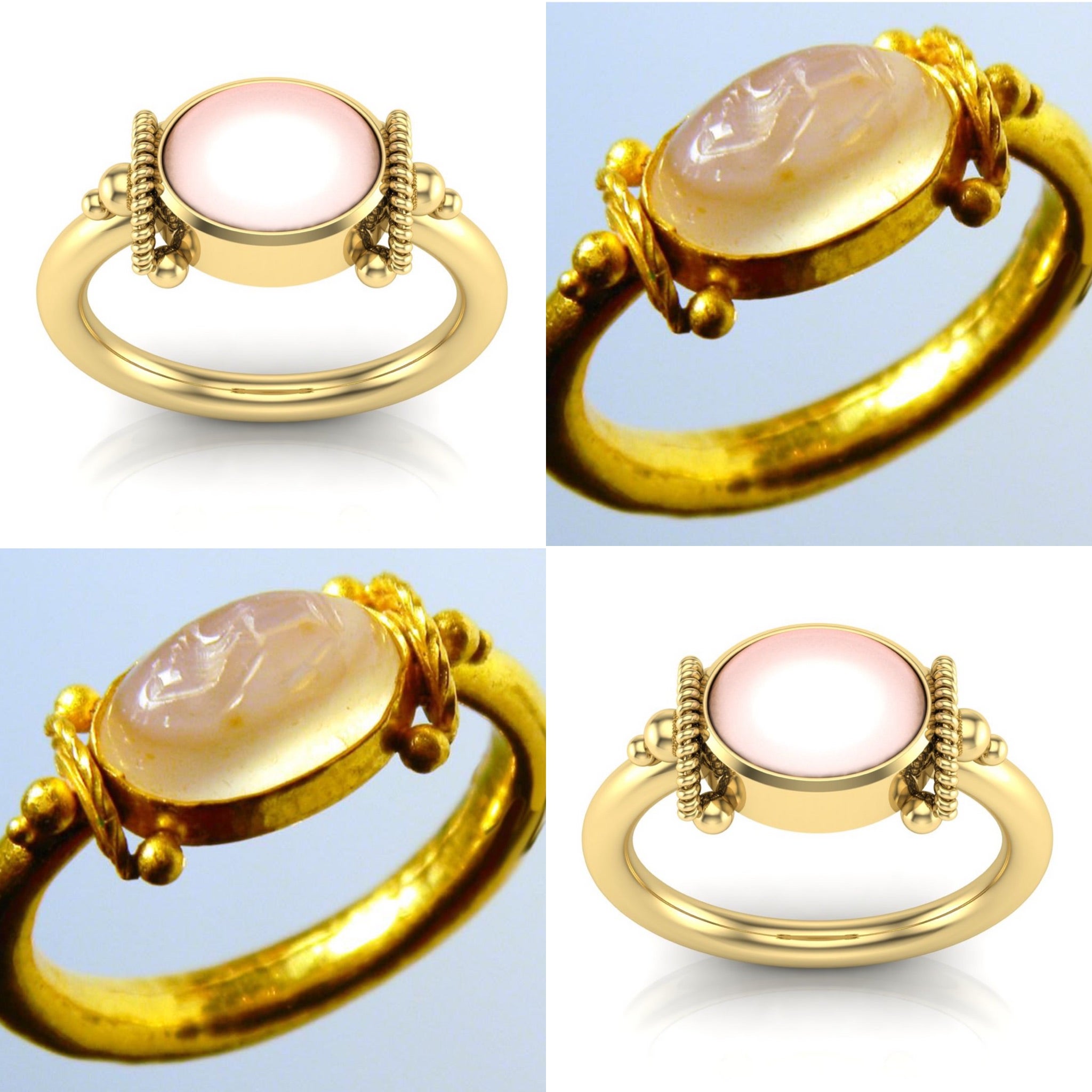
Our "Vasilki" ring is based on an ancient gold example with an engraved white quartz stone, which dates to the first century AD. "Vasiliki" is a modern Greek name meaning "queen," or "royal." It is derived from the ancient Greek word "basileus" (βασιλεύς), or "king."
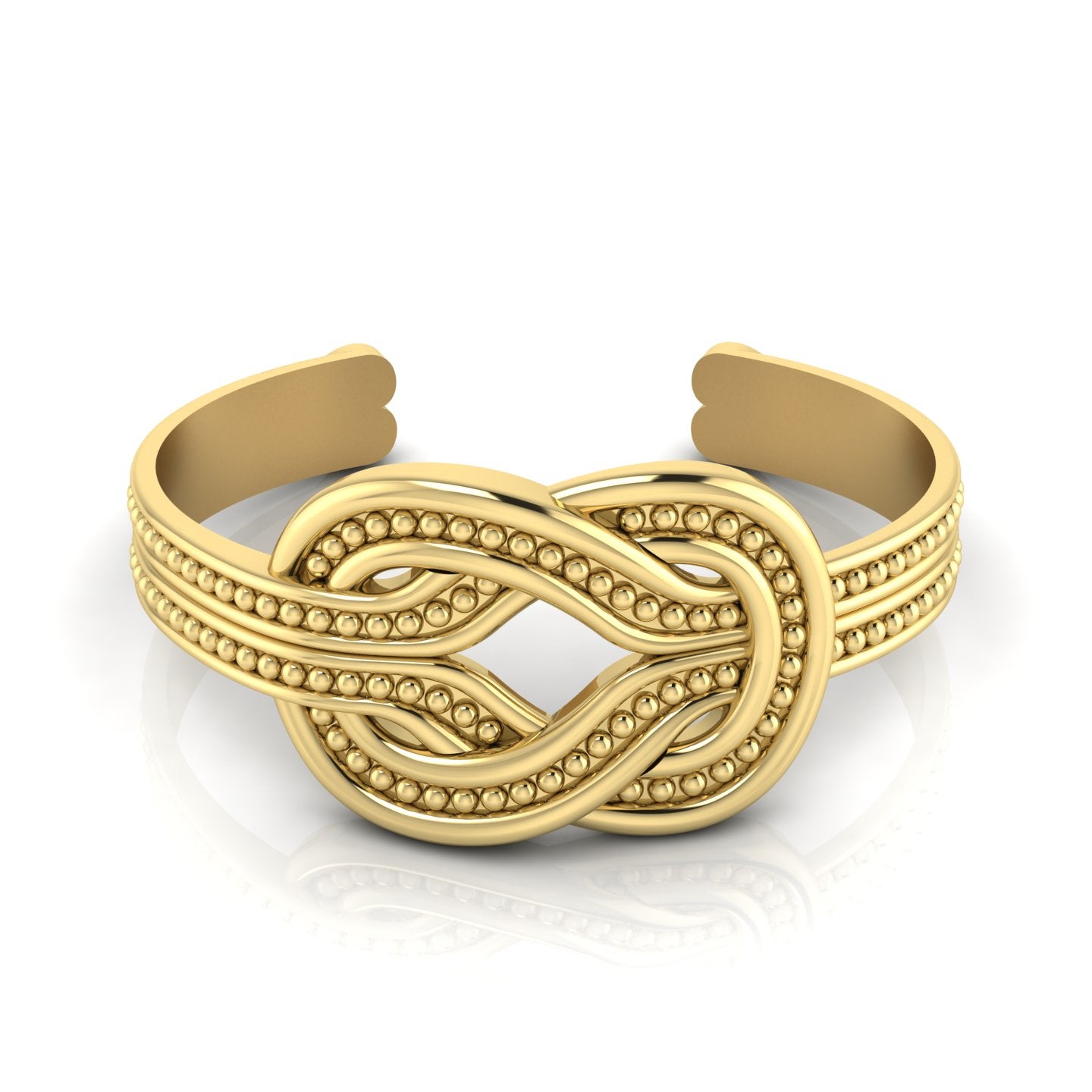
Our gorgeous "Firmitas" cuff bracelet depicts the "Hercules knot," and is modeled after the ornate clasp of a second century AD Roman bracelet. The Hercules knot originated in the ancient world. As a knot that would tighten and thus become even more stable when pulled, it quickly became a symbol for a strong bond, and thus a symbol for love and commitment. It is the origin of the phrase "tying the knot" when referring to marriage!
Our delicate and provocative "Zephyrus" pendant is based on a seventh century BC example from Lyktos, Crete.
The astounding design of this brooch comes from the fifth century BC temple of Athena Parthenos, the Parthenon, in Athens, Greece. The Parthenon's external ornamentation included gorgeous, elaborate three-meter tall marble akroteria in the form of acanthus plant stalks and tendrils that graced the apex of the roof above the pediment in both the front and the back of the building.
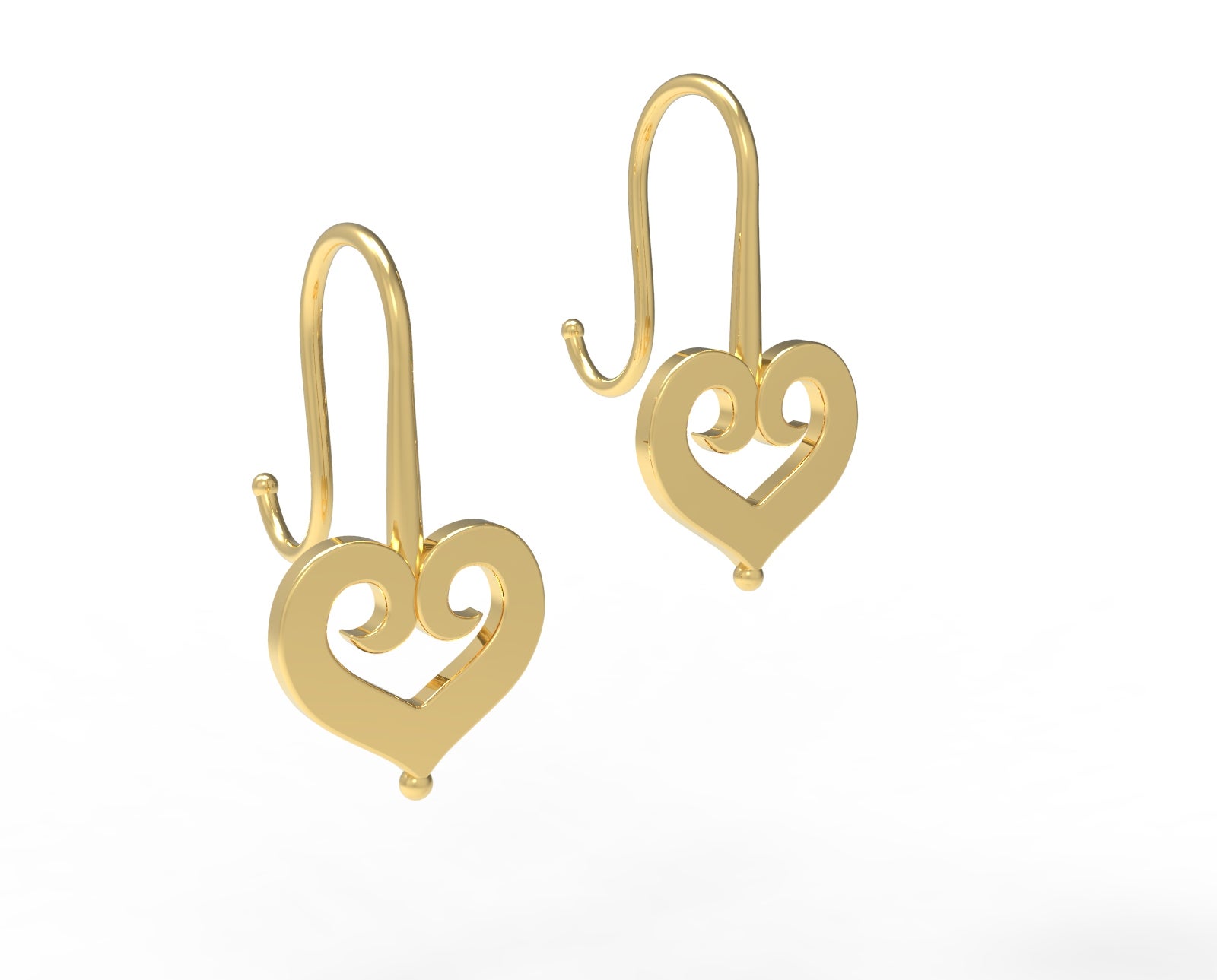
Our darling "Octavia" earrings are delicate and sweet, and have a design that is so current! In fact, the pair is modeled after an ancient Roman example. The design on the front was a very popular motif in Roman art, and while it appears to depict a heart, it was, in fact, a full and beautiful ivy leaf. As one of the attributes of the god Dionysus, ivy was a powerful symbol associated with eternal happiness.

